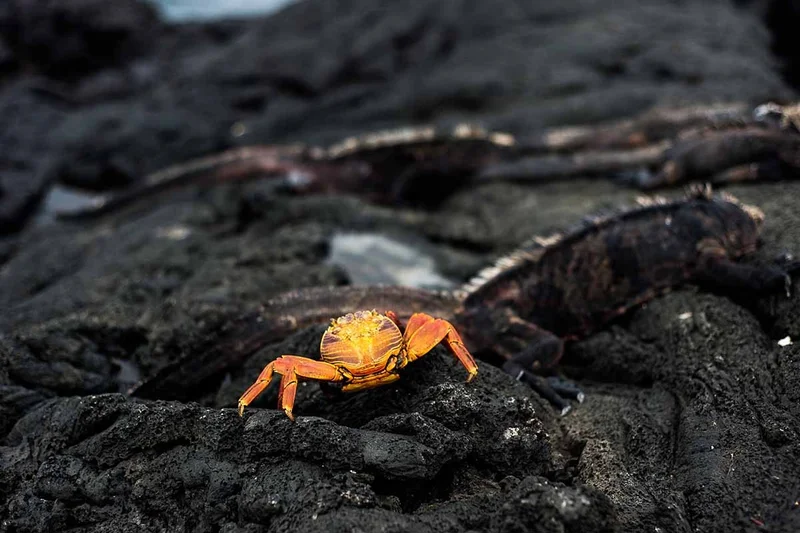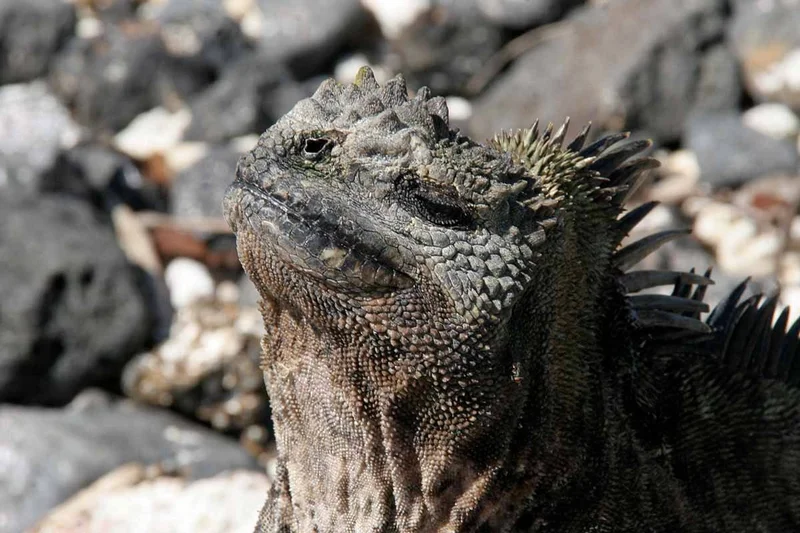
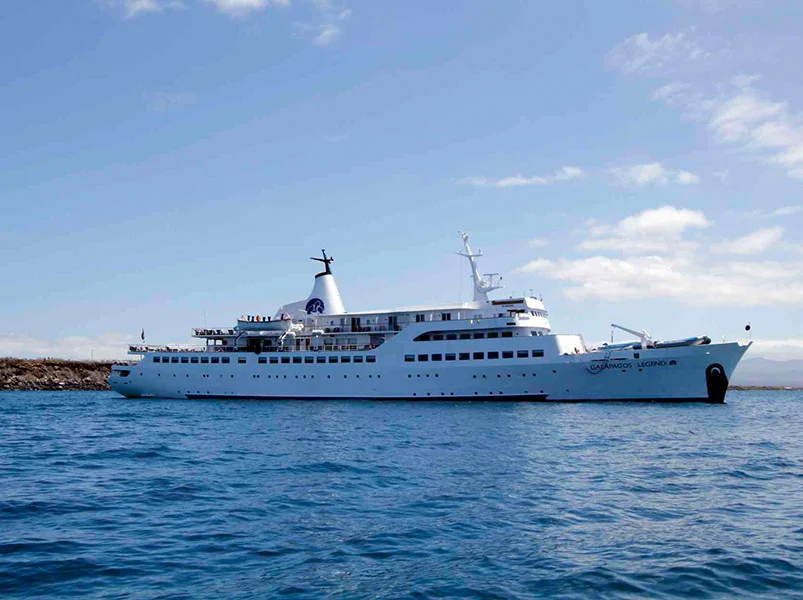
4 Day Galapagos Itinerary
Day 1: Baltra Airport & Santa Cruz Island: Highlands
Departure from Quito or Guayaquil to Baltra Island (2 ½-hour flight). Arriving in the Galapagos, passengers are picked up at the airport by our natural guides and taken to a ten-minute bus drive to the pier to board the M/V Galapagos Legend.
Santa Cruz: Highlands
In the afternoon, we will visit the Santa Cruz highlands. In the mountains of Galapagos is possible to admire different kinds of birds, such as tree and ground finches, vermillion flycatchers, paint-billed crakes, yellow warblers, and cattle egrets (usually standing on the tortoises’ shell). The journey to the reserve offers great opportunities to see the contrasts that the island offers in reference to the variety of ecosystems. The road goes from the coast through the agricultural zone and straight up to the dense humid forests. Often, Galapagos giant tortoises are also seen on the way, wandering through pastures in the paddocks. This spot is a bird watchers’ haven since almost every land bird present on the island lives or migrates here.
Day 2: Genovesa Island: El Barranco
El Barranco
Be marveled at the variety of sea life that uses the crevices of the lava cliffs for shelter. Red-billed tropicbirds fly overhead switching between their nests and the bay, and a small colony of fur seals may be found near the landing site. You will be dropped off at a steep stairway that begins on rocks at the foot of a path that leads through a seabird colony full of Nazca and red-footed boobies. At the plateau, the trail continues inland allowing you to see more nesting booby colonies in the thin Palo Santo forest. Near the end of the trail, over a rocky lava plain, Wedge-romped Storm-Petrels can be observed flying in all directions. If you are lucky, you may catch a glimpse of a short-eared owl.
Disembark onto a small sand and coral beach. A short trail heads west along a tidal lagoon and then up a rocky hill that leads to a point overlooking the cliffs and Darwin Bay. Along the trail near the tidal lagoon, visitors will see pairs of swallow-tailed gulls, lava gulls, and yellow crowned and lava herons. The trail continues through Palo Santo trees, Opuntia cacti, and Saltbushes inhabited by Great Frigate birds and red-footed boobies. This is one of the few places in the islands where visitors are guaranteed to see red-footed boobies. It is estimated that more than 200,000 red-footed boobies live in the trees and bushes of Genovesa.
Day 3: Santa Cruz Island: Dragon Hill & Santa Fe Island
Santa Cruz Island: Dragon Hill
Dry landing. Walk by a brackish lagoon to see flamingos in Dragon Hill. The trail leads across typical dry zone vegetation keeping up until Dragon Hill, see an important nesting ground for endemic land iguanas, offering lovely views of the anchored boats and neighboring islands. The forest is home to mockingbirds, Darwin’s finches, yellow warblers, and Galapagos doves.
Santa Fe Island
Wet landing. Santa Fe shows white sand beaches surrounded by sea lion colonies; through the island path, an endemic cactus forest is passed, home the Santa Fe land iguanas (the largest in the islands). This island is the habitat for a number of species, including the Galapagos hawk, Galapagos snakes, rice rats (one of the few endemic Galapagos rodents), a variety of finches and one of the four mockingbird species of the archipelago.
Day 4: Santa Cruz Island: Bachas Beach & Transfer out
Wet landing. On the north side of Santa Cruz; behind the beach lies two small flamingo ponds were iguanas sunbathe, see coastal birds, Darwin finches, mockingbirds, and gulls, as well as interesting native vegetation like red and black mangrove, salt bushes. This beach is one of the main sea turtles nesting sites in the Galapagos. A turtle can lay eggs 3 or 4 times per season with an average of 70 eggs each time. At this paradisiacal site, we will also find the remains of barges that sank a long time ago, when the United States Navy operated a base during World War II on Baltra Island. Local people modified the word barges to
“Bachas”.
After the visit, passengers will be transferred to the airport for their return flight to Guayaquil or Quito.
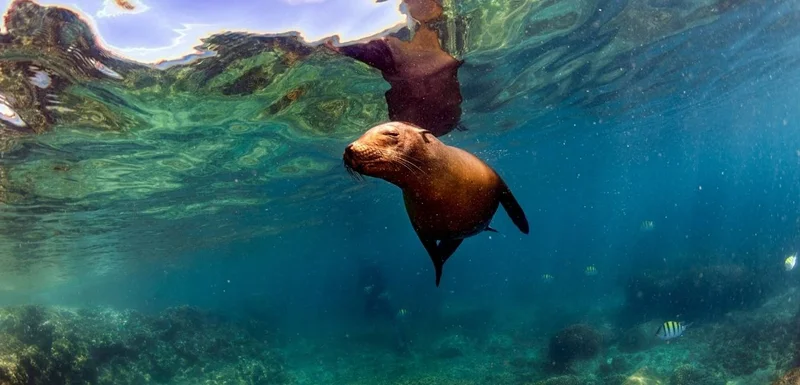
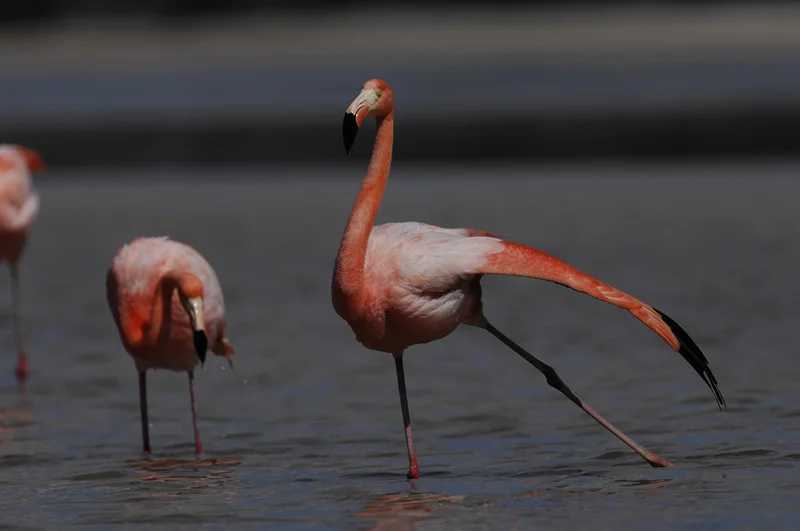
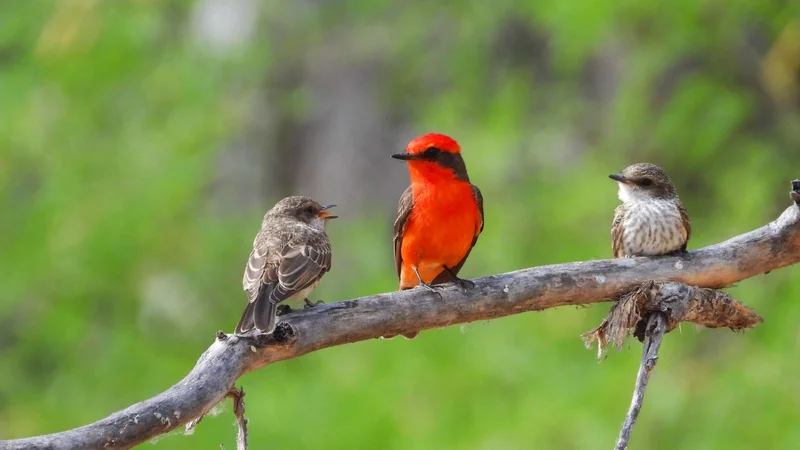
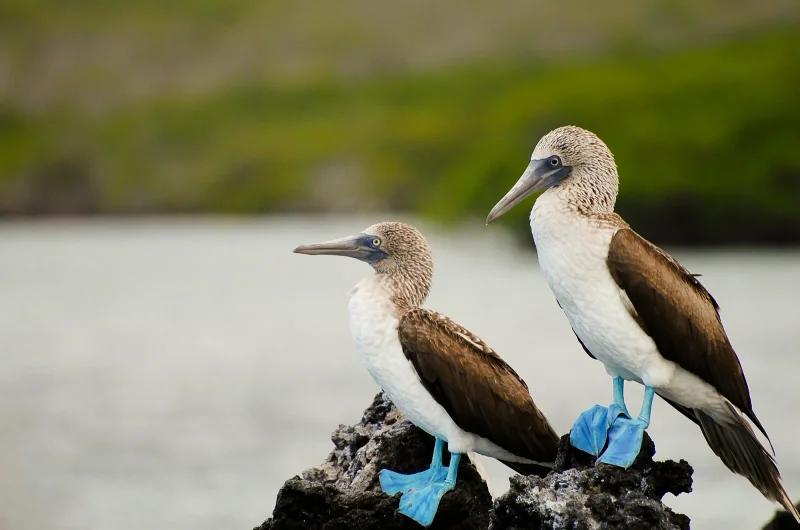
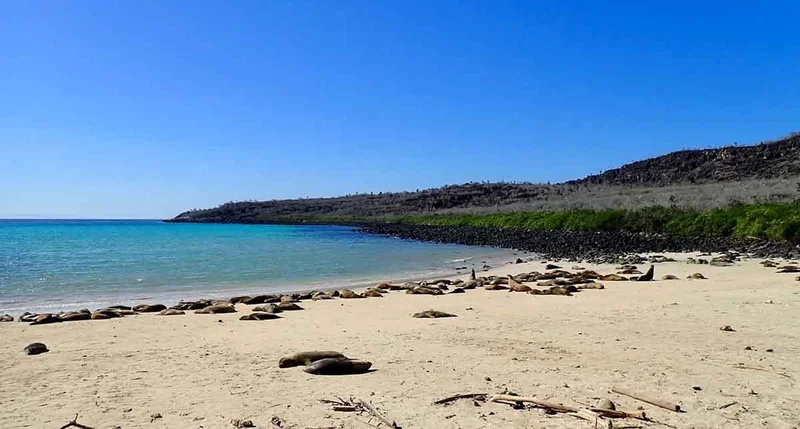
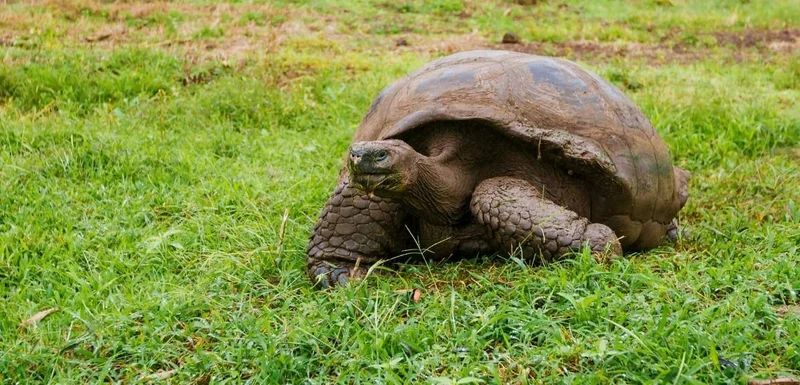
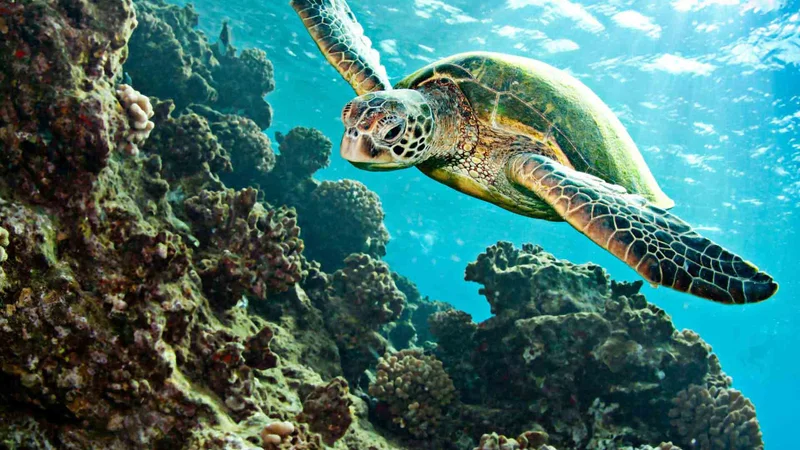
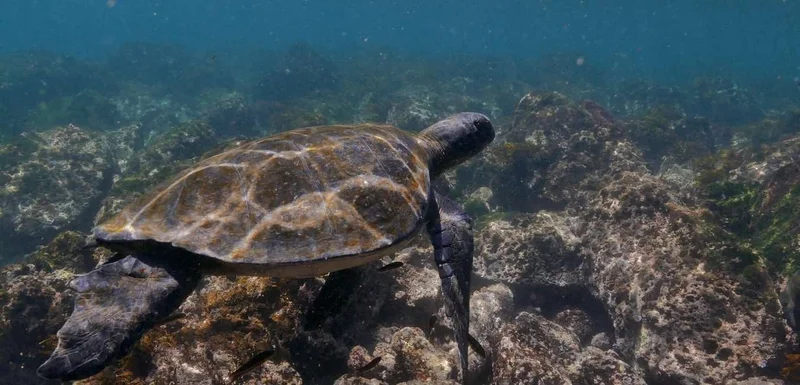
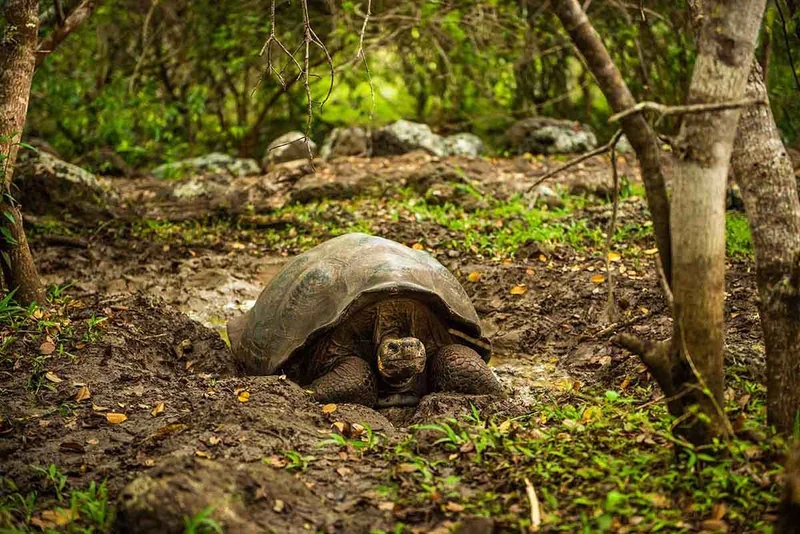
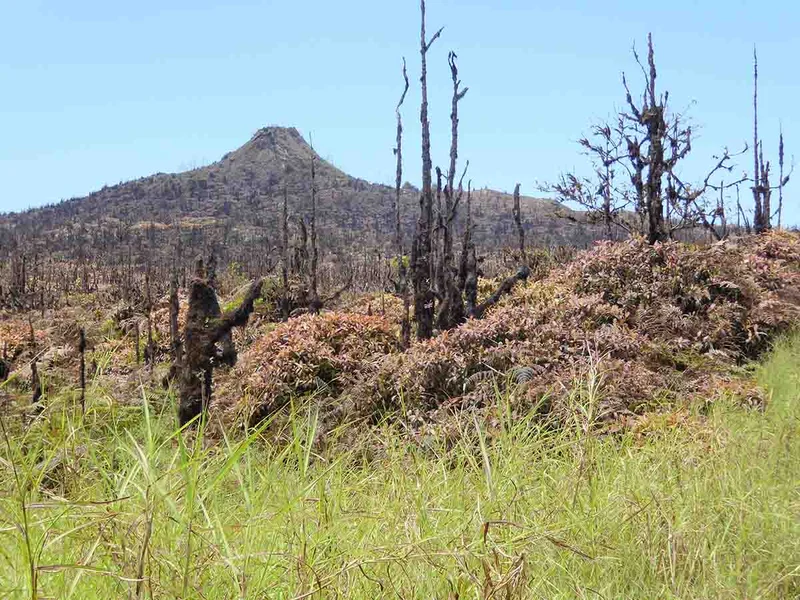
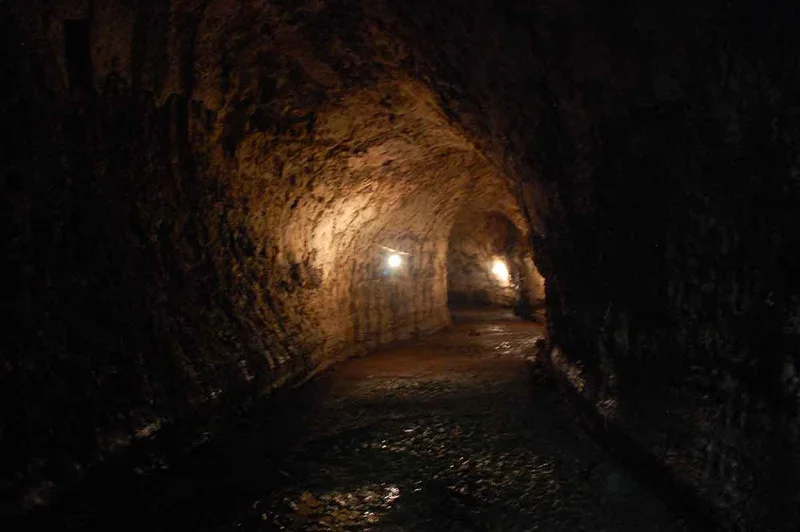
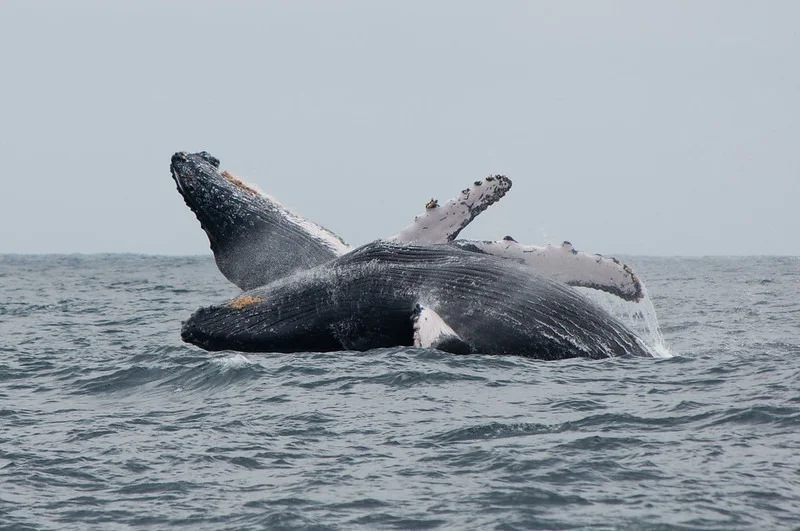
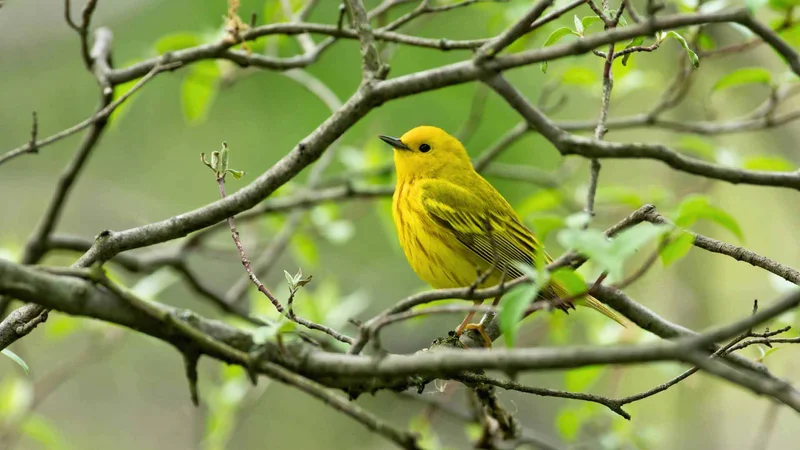
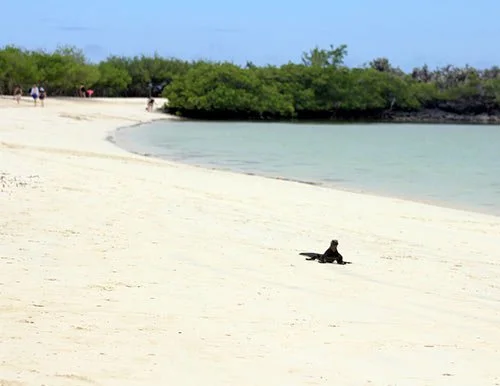
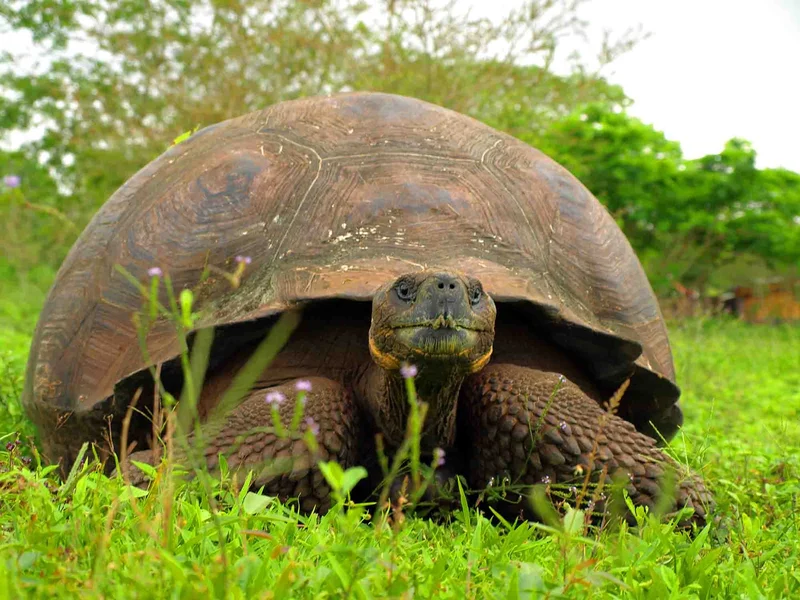
4 Day Galapagos Itinerary Includes
- All programed visits as per itinerary with specialized naturalist bilingual guide
- Accommodation in twin/double cabin with private facilities
- Cruise Fuel Surcharge
- All meals on board, drinking purified water, coffee and tea
- Snorkeling equipment (fins, mask & snorkel) & sea-kayaks
- Transfers within the islands on cruise dates as per itinerary
- Personalized 24/7 assistance during tour.
4 Day Galapagos Itinerary Does not Include
- Airfare to/from Galapagos from/to Mainland Ecuador (to be added)
- Galapagos National Park Entrance Fee US $200 per person (in cash only upon arrival)
- Galapagos Migration Card US$20 in cash per person (at Mainland’s Airport)
- Alcoholic/soft drinks, personal expenses, extras, and tips
- All sized Wet-suits for rent on board
- Travel, medical & cancelation Insurance and any services on Mainland
- Other services not specified in the program.
4 Day Galapagos Itinerary Highlights
- See the famous Galapagos Tortoises in semi-wild state at an important Breeding Center in the Highlands of Santa Cruz.
- Spot amazing birdlife at Genovesa including red-footed & Nazca Boobies, Galapagos Hawks and more.
- Walk along the trails of Dragon Hill to encounter endemic Land Iguanas, Darwin’s Finches and more.
- Snorkel with playful and curious Sea-lions and a variety of tropical fish.
- Enjoy excellent cuisine at al-fresco dinning.
Itinerary Map
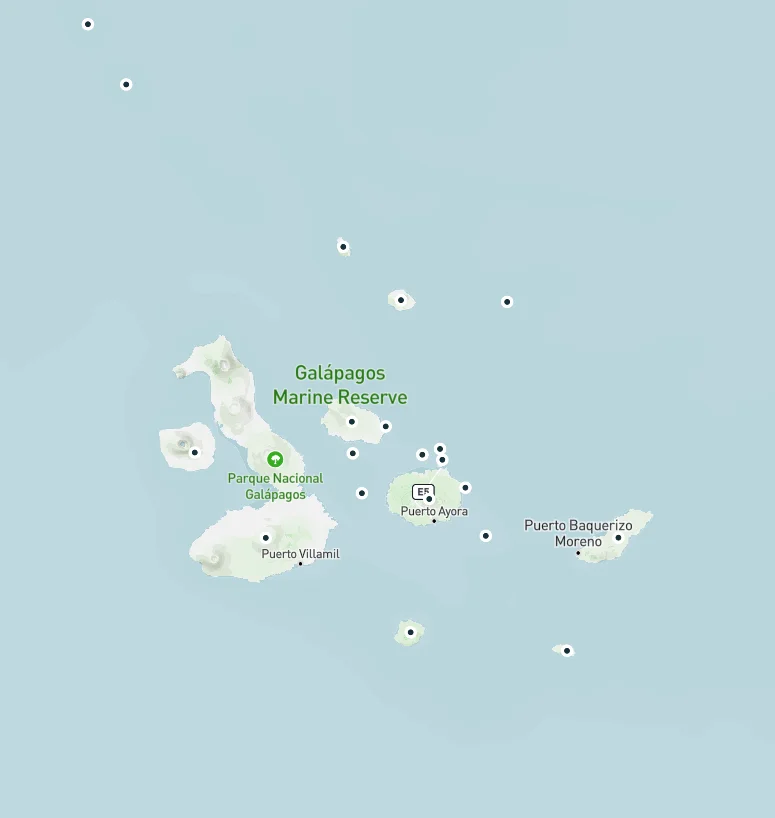
Reviews
Animals you might see on this itinerary:
More information about the Galapagos Islands you visit in this 4 day itinerary:
Deluxe Northern Island Cruise Large Ship Journey - Galapagos Legend Expedition Ship
Why travel with us?
Similar Itineraries
